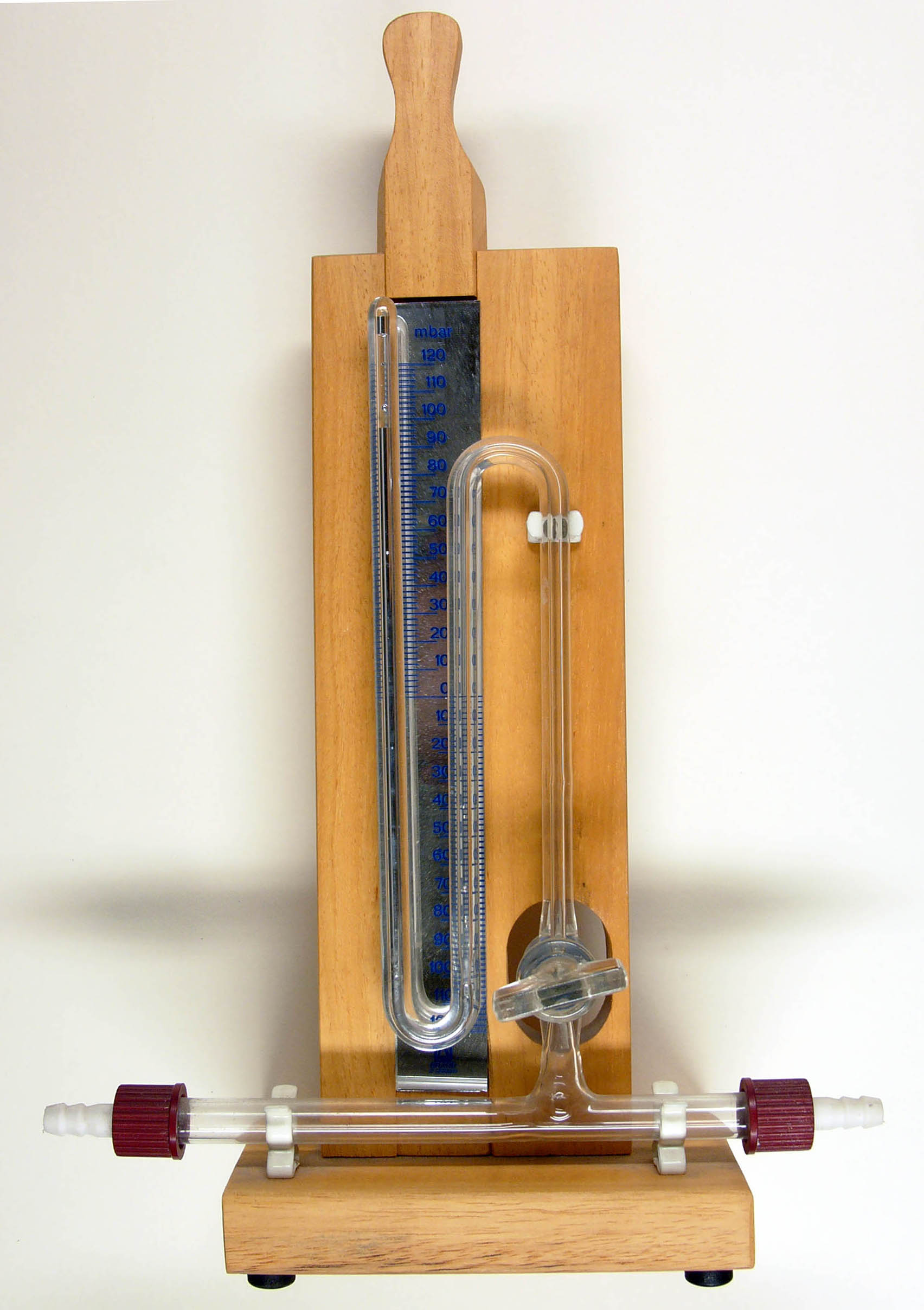a) Temperature and Heat:
o
Temperature
refers to the degree of hotness
of a substance. It is measured by thermometers (liquid-in-bulb thermometers,
air thermometer, thermo-couple thermometer, etc.). When two bodies in contact have
different temperatures, there will be net flow of heat (or thermal energy) from the body of
higher temperature to that of lower temperature.
o
Heat
therefore refers to thermal energy
of the substance. Thermal energy Q
that a substance has depends not only on its temperature T but also on its heat
capacity C; or, its specific heat capacity c and mass m (please see (c) below).
o
The SI
unit for temperature is K (Kelvin) and that for heat or thermal energy is J (joules). Temperature is often
measured in oC (where, oC = K - 273.15 and 1oC
= 1 K) and, at times, in oF (Farenheit)
b)
At absolute zero
(0 Kelvin (K) temperature or -273.15o
C), all matter theoretically has zero
thermal energy (although it may have entry point energy). In the universe
that we know so far, nothing has registered temperature of absolute zero or below. The lowest recorded temperature is about
2.73 K. However, in labs., scientists have achieved temperature near to but not
below absolute zero.
c)
All matter with temperature above absolute zero has
thermal energy which depends on
§
Its temperature T
§
Its temp. T
(K, Kelvin), mass
m (kg) and specific heat capacity c (Q kg-1 K-1).
Thus, the thermal energy Q of a solid substance may be calculated as
follows:
·
Q = T
·
Q = Tm
c
where,
C (heat capacity) = heat energy
required to raise the substance by 1 K
c (specific
heat capacity) = heat energy needed to raise 1 kg of the matter by 1 K or 1
oC (note: 1 K = 1 oC)
.
·
From the above formulae, it is not difficult for
you to figure out the definitions of heat
capacity C and specific heat
capacity c that we will be dealing with in greater depth in a later posting.
d)
Thermal
equilibrium refers to the situation when two bodies, say A and B, in contact with one another are at equal temperature (though may not be at equal thermal energies) and the rate of flow of thermal energy (heat)
from A to B is the same as from B to A – the net rate of heat transfer between them is zero
e)
Kinetic
molecular (or particle) model of matter describes how temperature (and thus
thermal energy) of a substance affects:
o
at the microscopic
level
§
motion
of its constituent particles: whether vibrating about fixed position; moving
freely while still being attracted to one another; or moving freely and
independently of one another;
§
distance
between the particles: getting further apart (expansion) or getting closer
(contraction)
§
force of
attraction between particles: Strongest in solid state; present in liquid
state; negligible in gaseous state
§
force and
rate of collisions at which its constituent particles at gaseous state hit any
surface in contact including the internal surface of its container resulting in
pressure being exerted;
And;
o
at the
macroscopic level:
§
3 states of
the matter – solid, liquid or gaseous states.
§
volume of
the matter – due to expansion or contraction i.e. due to change in the
average distance of particles at different temperatures; and
§
pressure
and volume of gas due to different temperatures.






